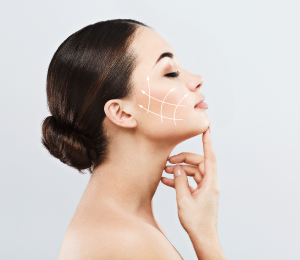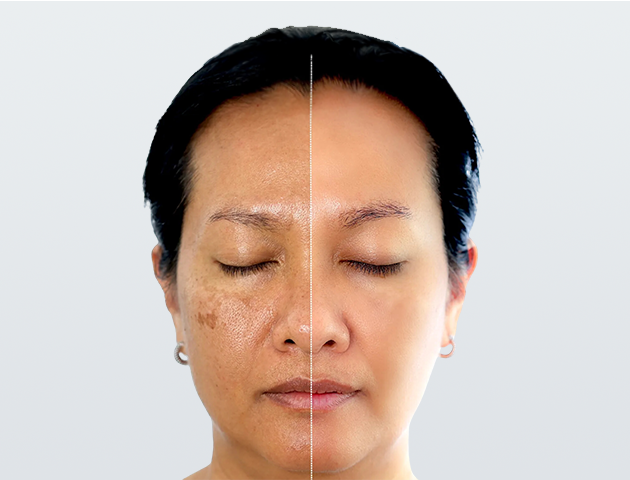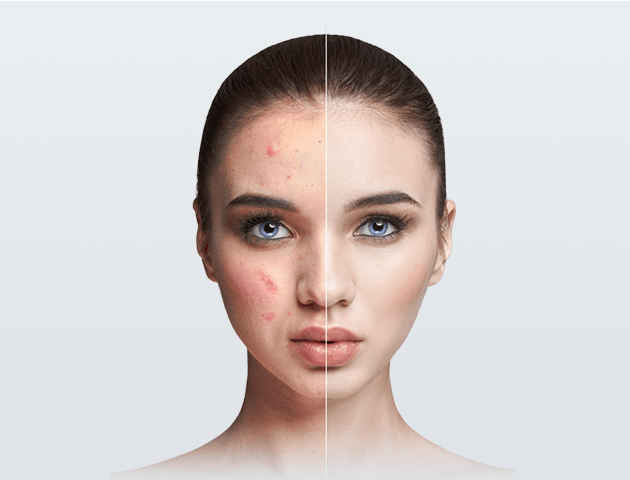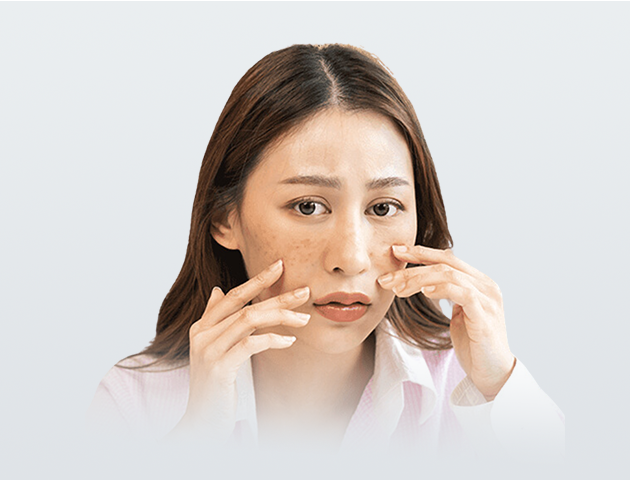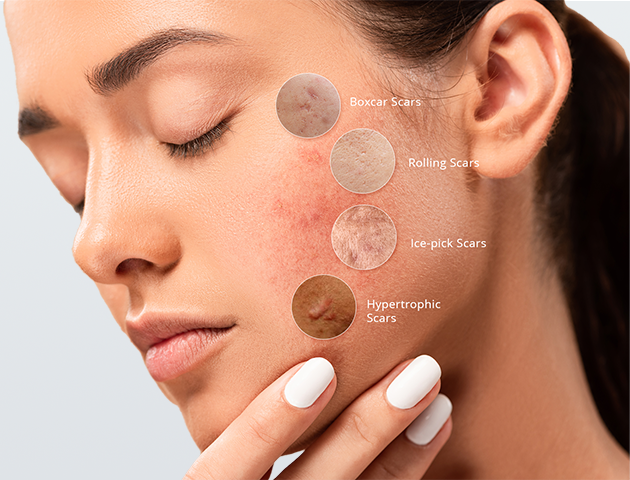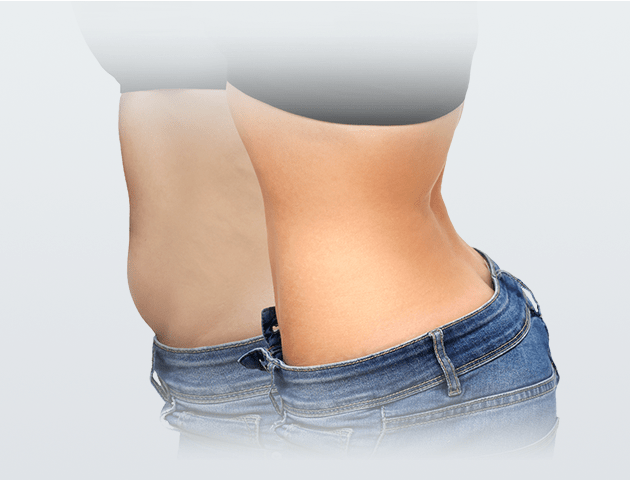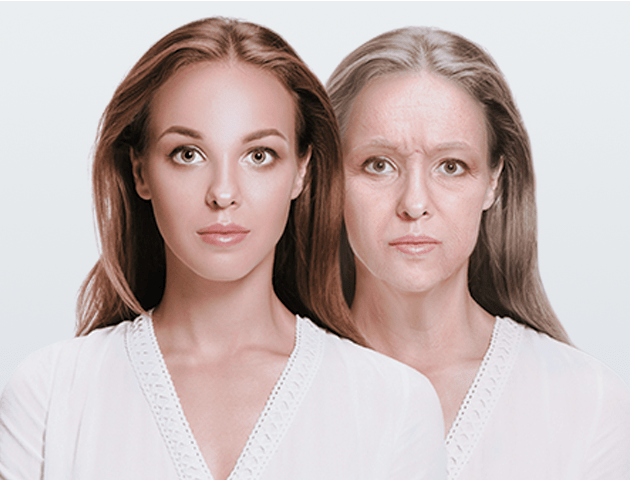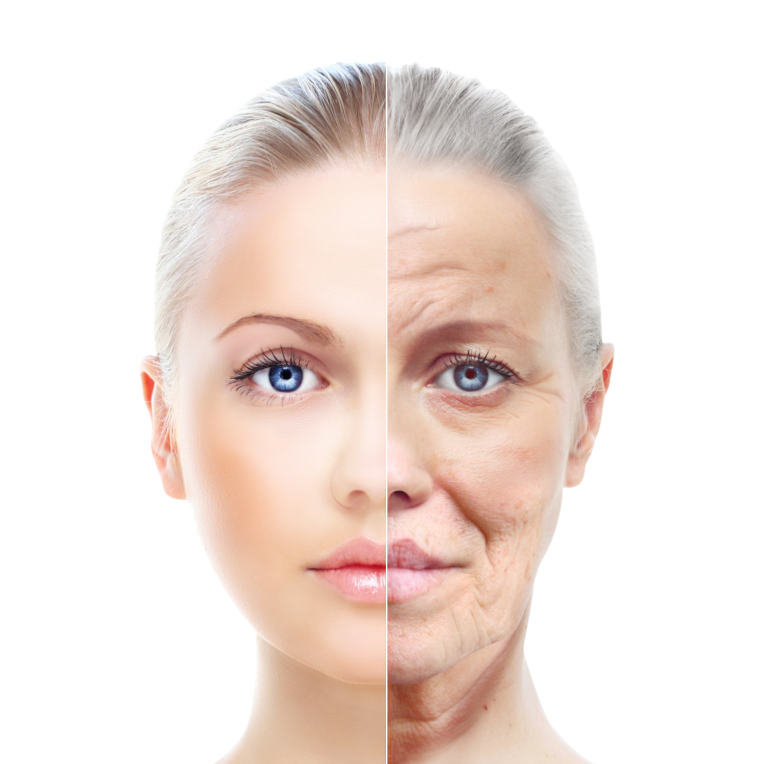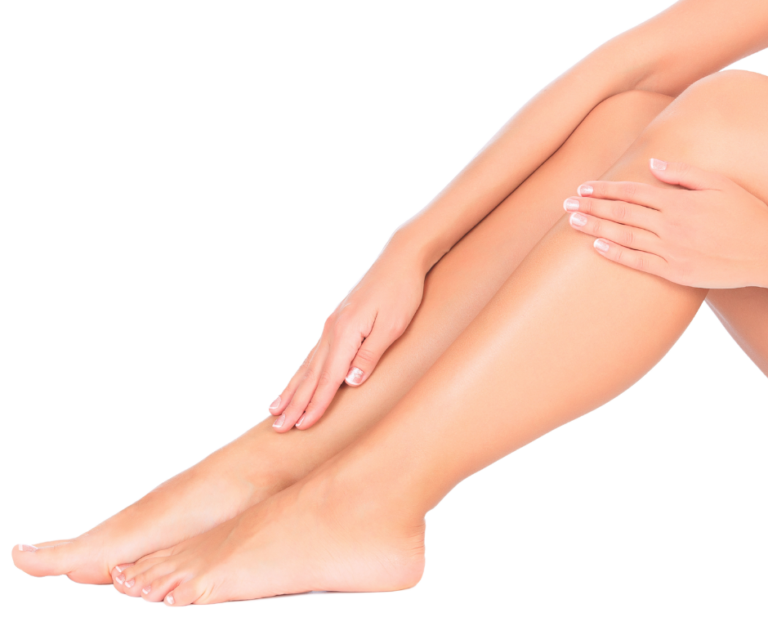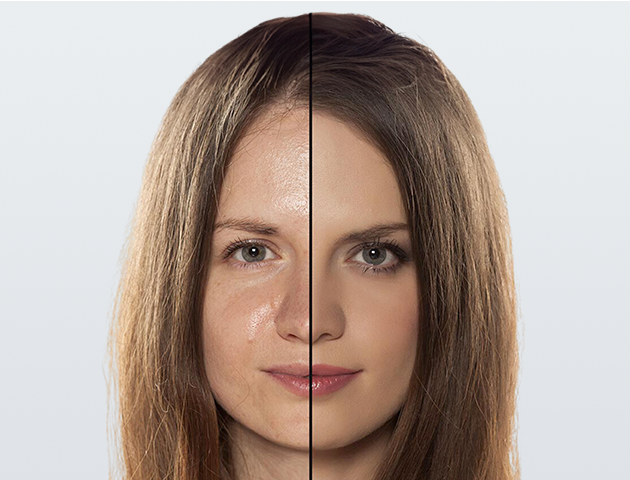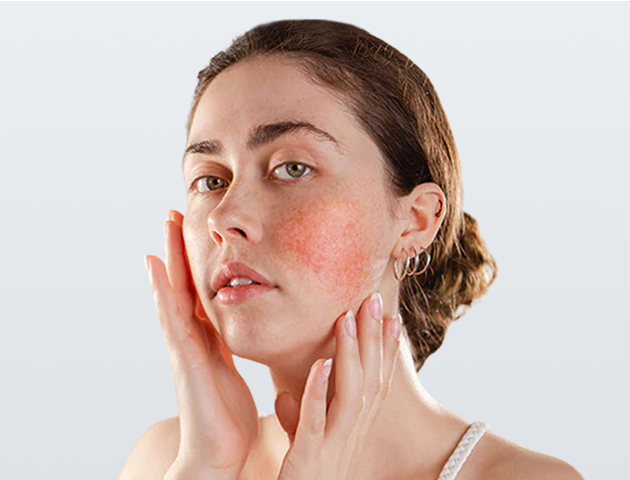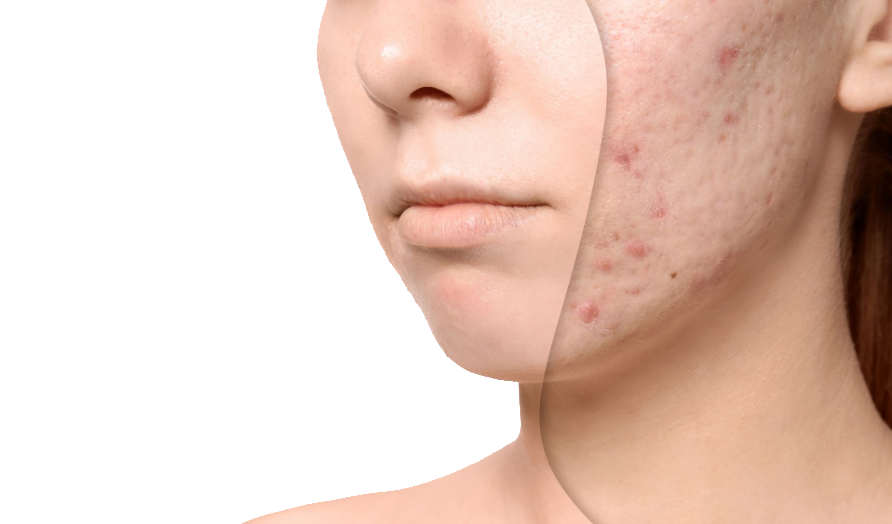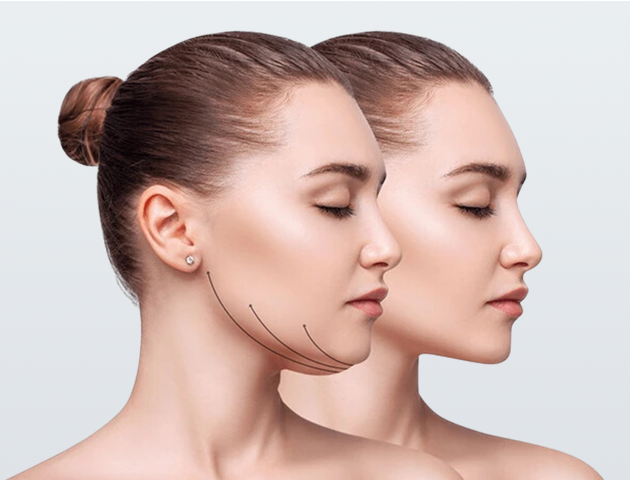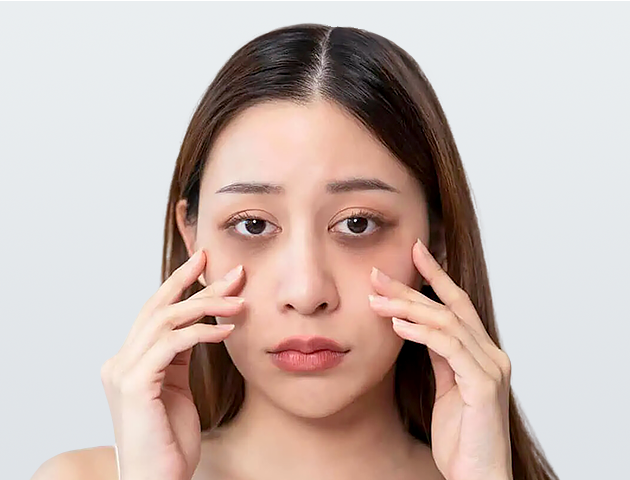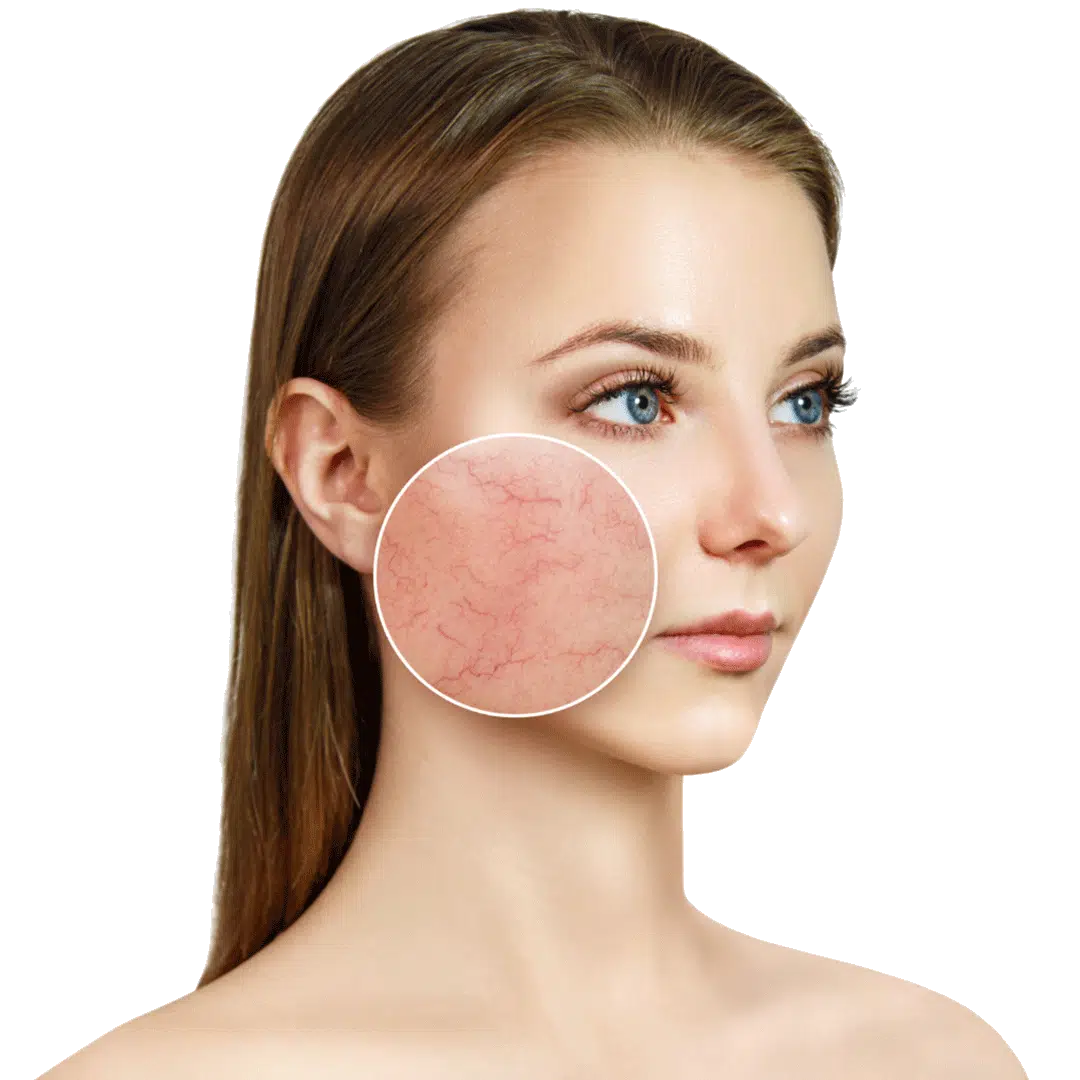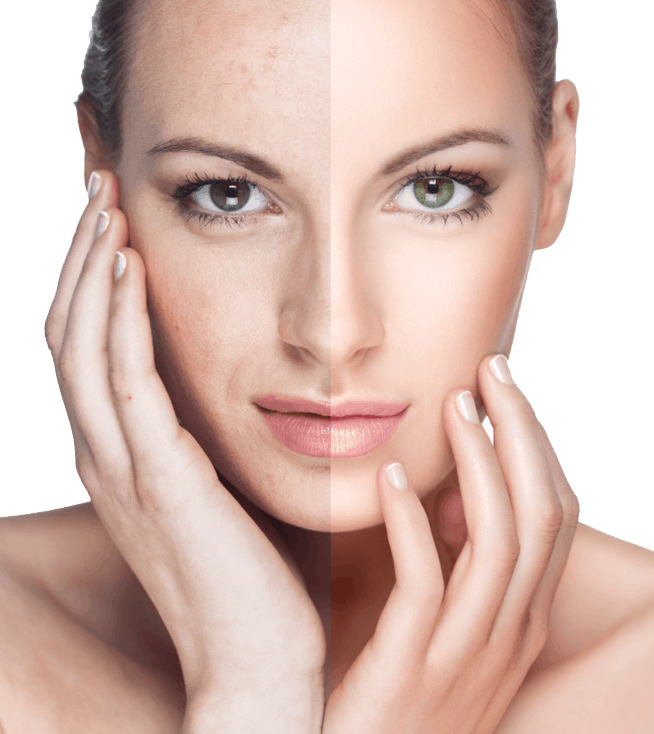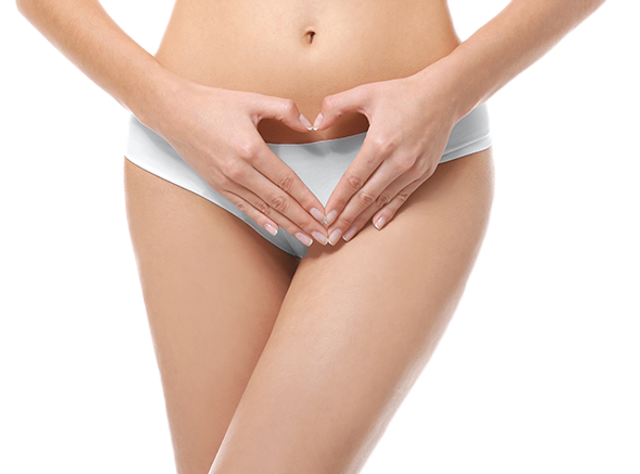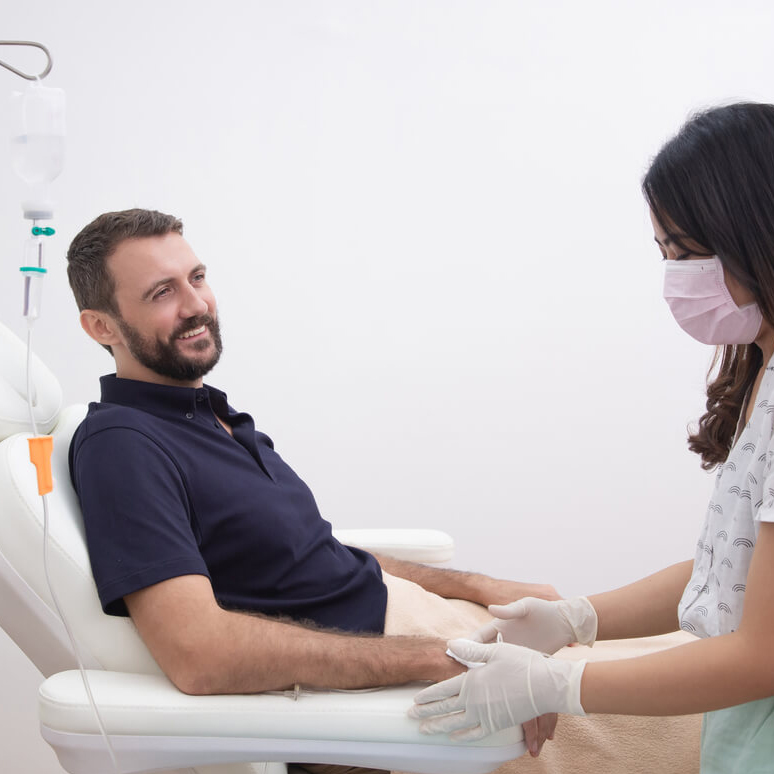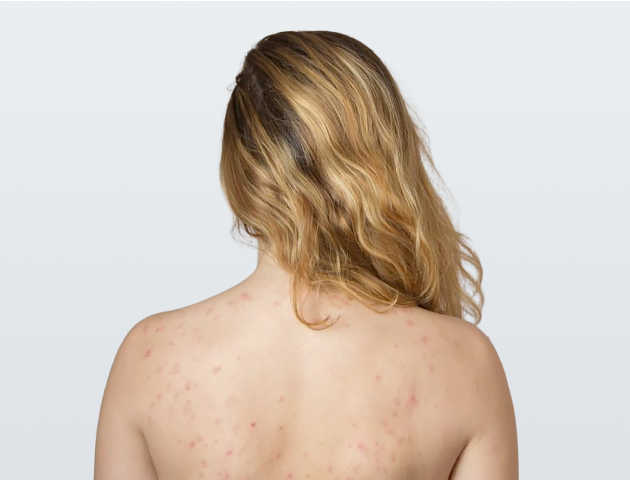Sagging/Wrinkle Knees
Wrinkles or sagging skin on the knees are a condition characterized by the presence of multiple folds on the skin in the knee area (most noticeable when the leg is straightened). This condition occurs due to various factors such as aging, loss of skin elasticity, or frequent exposure to dry environments.
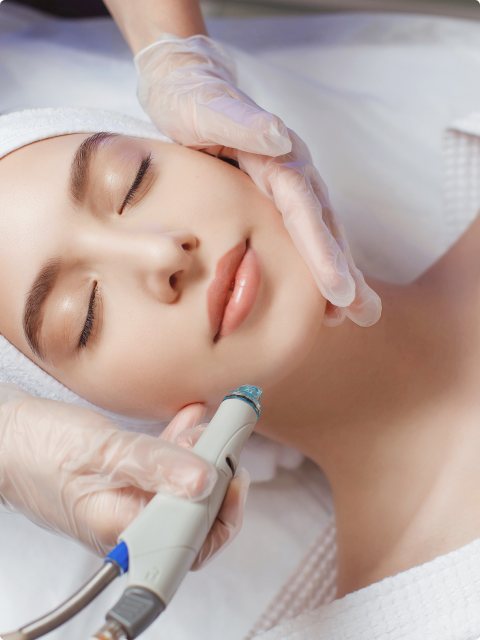
RECOMMENDED TREATMENTS
Wrinkles or sagging skin on the knees are a common condition in which the skin in the knee area develops folds, creases, or sagging, creating an uneven and rough surface. This is often a sign of loss of elasticity and structural decline in the skin, frequently occurring with aging.
Signs and Symptoms:
Wrinkles: Folds, creases, or raised areas on the skin surface in the knee area.
Sagging skin: The skin in the knee area becomes softer and looser than normal.
Loss of elasticity: The skin around the knees no longer has the elasticity it once had, failing to bounce back after being stretched or bent.
Effective treatment requires accurate classification and assessment of the severity of wrinkles or sagging skin on the knees to select the appropriate treatment method. For severe cases, consulting a dermatologist or skincare expert may be necessary to determine the proper treatment approach.
Morpheus8 and PRP are two treatment methods used to improve this condition:
Morpheus8: Morpheus8 is a treatment method that creates a smoother skin texture through Radiofrequency Micro-needling (RF Microneedling) technology. This process combines the use of high-frequency radio waves and small needles to create tiny punctures in the skin, stimulating collagen and elastin production, thereby reducing wrinkles and improving skin elasticity. Morpheus8 can also help improve uneven skin tone and texture.
PRP (Platelet-Rich Plasma): This method utilizes plasma enriched with platelets extracted from the patient’s blood to stimulate skin cell regeneration and rejuvenation. PRP contains growth factors and beneficial proteins for the skin, helping to improve elasticity, reduce wrinkles, and enhance skin resilience. This process often involves injecting or applying PRP directly to the skin after it has been softened using techniques such as Micro-needling or Laser.




